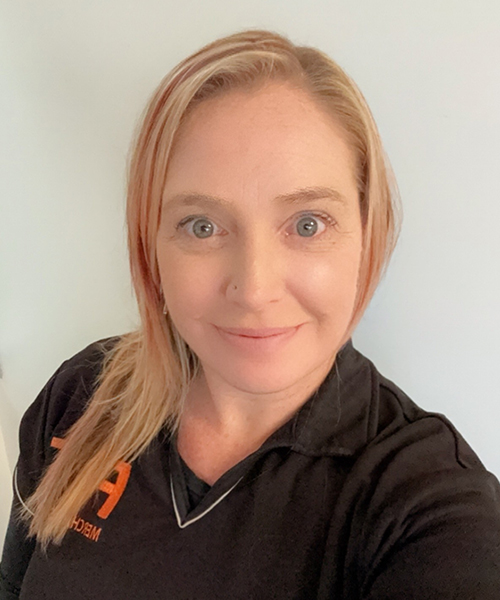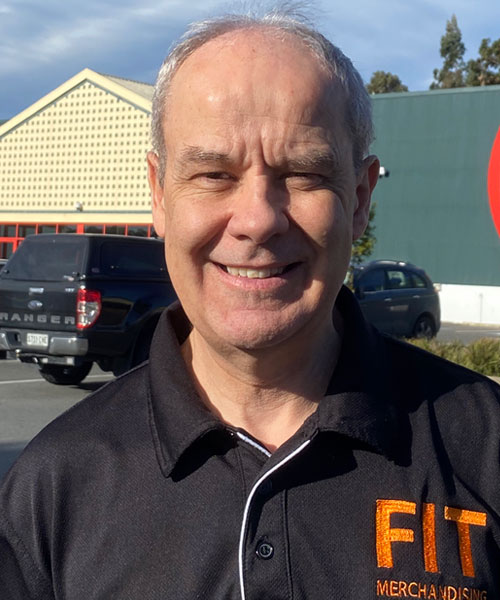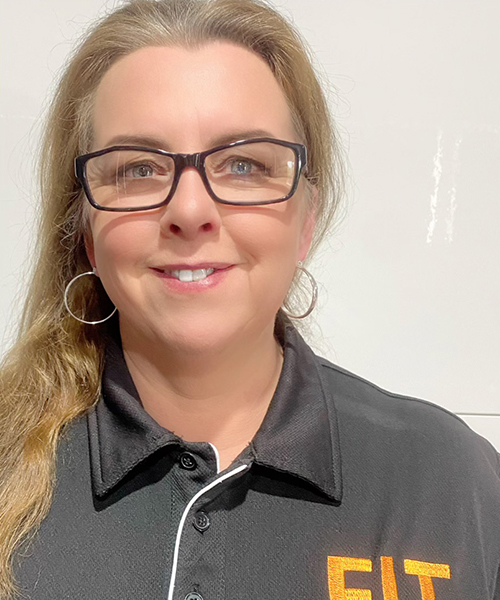Top 12 Sales Strategies Using the Psychology of Persuasion

As marketing and sales become even more important, understanding the psychology of persuasion is paramount for success. Your strategies must revolve around value, reciprocity, social proof, scarcity and more. This article delves deeper into 12 persuasive selling techniques and how you can apply them to increase sales and achieve your targets.
1. What is reciprocity?
This is one of the most powerful persuasion techniques you can apply in the sales arena. Essentially, it’s about building trust and offering value before you even expect the customer to make a purchase. If you can persuade a customer to feel obligated or indebted to you, you increase your chances of making a sale exponentially. In other words, give them something first so the customer feels obliged to return the favour.
2. Scarcity and urgency
The idea of creating a sense of urgency and scarcity is to instil a fear of missing out (FOMO). For example, you can achieve this by offering time-sensitive deals or a product clearance sale. Scarcity and urgency are potent psychological triggers that create quicker decisions. It’s a sales tactic that salespeople have been using successfully for decades, and it’s still relevant today. No one wants to miss out on a hot deal or a great product.
3. Social proof
Social proof provides an avenue for validating your product, service, and brand reputation. This involves receiving positive testimonials and reviews on social sites and other online platforms such as Google Business Profile. Any type of endorsement or positive reinforcement you receive from satisfied customers will bolster your sales and your reputation. The best way to receive reviews is to ask for them, particularly when the customer has recently purchased from you and their excitement over the product and service they received is still fresh.
4. What is anchoring about?
This is a well-used sales tactic, because it works. This is where you start off with a higher price option and then make subsequent lower options until the price seems reasonable to the customer. This is a psychological ploy that makes the customer feel like they are getting a bargain and that they’ve been successful in knocking you down on price, even though that was your goal all along.
5. Emotional engagement
The art of emotional engagement leads to an increase in trust, builds a deeper connection with the customer and evokes certain emotions that make them feel good about purchasing from you. One of the most effective ways to achieve emotional engagement is through storytelling. Develop compelling stories that align with your prospect’s needs and desires. Once emotionally engaged, your prospect will feel an urge to act based on that emotional connection. Storytelling is also a way of making complex information easier to understand and more relatable. It creates a lasting impression that makes your product, brand and the experience memorable.
6. Authority
This is a common technique in sales psychology. It’s where you position yourself as an authority on your product or service. When customers perceive you as an authority, they will be more likely to place their trust in you, listen to what you have to say, and far more likely to make a purchase. Being an authority will give you a distinct competitive edge.
7. The framing technique
Framing is an interesting tactic that salespeople use to increase the perceived value of a product. For example, let’s say you’re selling a product for $400, but using the product will save the customer time and money in the long run. This is framing. It convinces the prospect that there is so much value in the product that they can’t possibly say no. Framing makes the product sound like both an investment and a need.
8. Repetition is a powerful sales technique
The more you repeat something, the more likely people are going to believe what you’re saying. Accomplished marketers and sales professionals use the art of repetition to get their message across and convince customers to buy their product or service. It’s an age-old technique that always works well, and will continue to work in the future. The human mind is wired to accept things as truth when we hear something repeated over and over again. It’s conditioning, and that’s why it’s such an influential sales technique. An example is advertisers using slogans and jingles repeatedly so that consumers then associate that slogan or jingle with a particular brand, product or service. Another successful repetition technique is seeing the same ad repeated on different channels – eg: on TV, on radio, on social media, in emails, in publications and online everywhere.
9. The bandwagon effect
This one is interesting. When people see others doing something or perceive that something is popular, the old adage of wanting to jump on the bandwagon kicks in. This happens even if the individual doesn’t consciously understand why they are doing so. Advertisers and marketers aim to attract people to a product by making that product look highly popular, even before it actually is. This in turn attracts others to jump on the bandwagon. It’s a tested strategy that’s worked for centuries and still works today, maybe even more effectively than ever before. It’s to do with “belonging”, “keeping up with the Joneses”, being cool etc.
10. The likability factor
Prospects are far more likely to commit to making a purchase when they actually like the salesperson. The likability factor results in trust and stems from personality, honesty, product knowledge, low-pressure sales tactics, demonstrating genuine interest in the client’s needs, finding common ground, and generally building a good rapport. One thing is for certain. If a prospect doesn’t like the salesperson, there is virtually no chance they’ll buy anything from that person.
11. Adapting to different buyer personas
This is a sales skill that may take a while to master and one that is often more instinctive than learned. Some salespeople are naturally gifted at detecting different personas and customer moods and can adapt their sales pitch accordingly. This is a skill that can, when mastered, greatly enhance those sales results. It also ties in with the likability factor.
12. The contrast effect
This is a sales psychology tactic where you present two contrasting items simultaneously. For example, if you sell power tools, the salesperson might present a circular saw priced at $400 alongside a cheaper saw selling for $200. At first, the customer is most likely drawn to the cheaper saw. This is the contrast effect. However, this also presents an opportunity to showcase the features of both models and perhaps persuade the customer to purchase the more expensive saw instead, due to its impressive features such as quality, reliability and warranty.
Discover more of our sales secrets
With over 30 years of experience in leading high-performance sales teams, at Fit Merchandising we have a solid understanding of the driving forces behind successful sales strategies. We’re happy to share more of our sales secrets when we collaborate with your sales team. Our flagship service is providing high quality merchandising services and promotions to generate maximum exposure and sales in stores around Australia and New Zealand. Contact us today for more information.
























